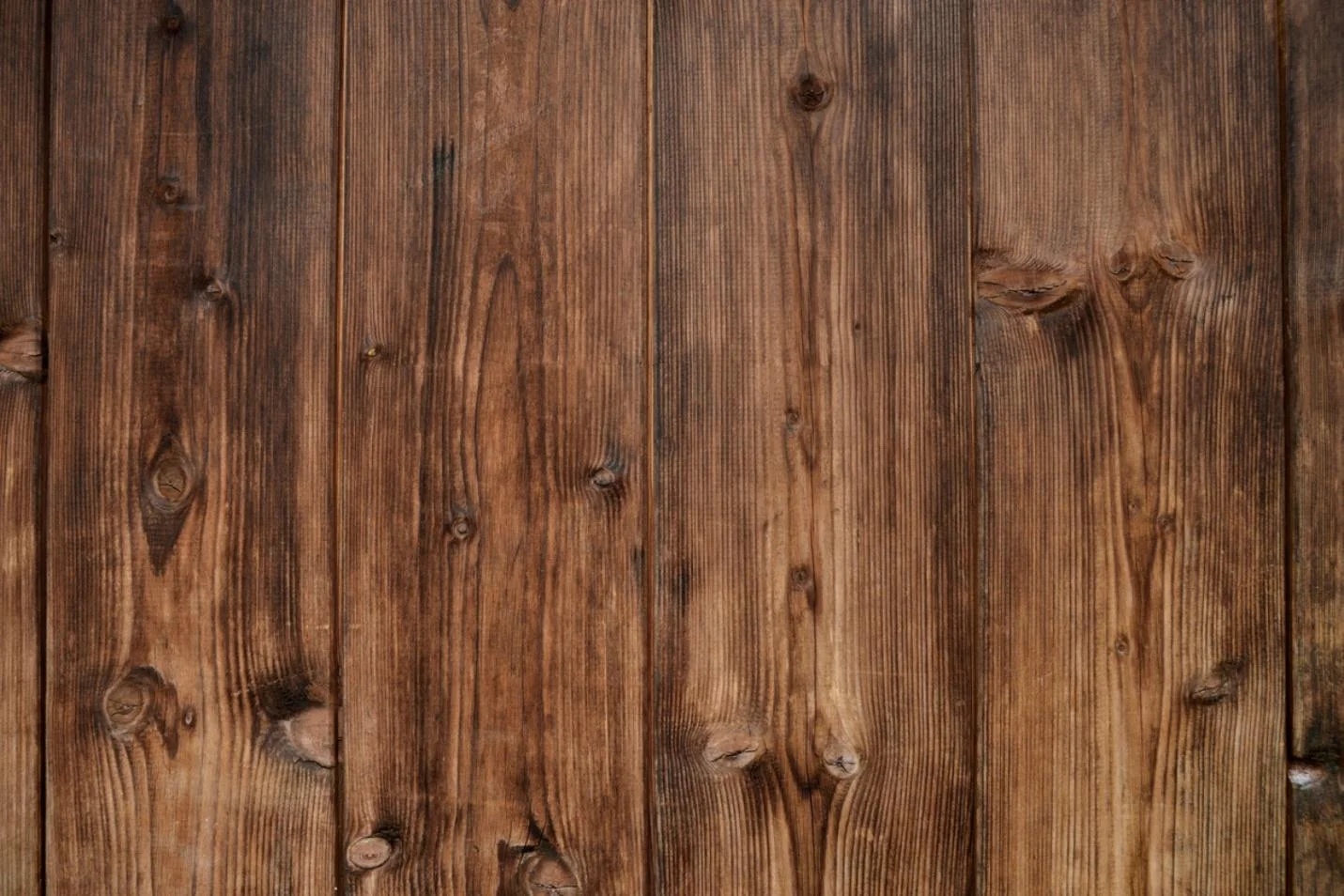Nov . 24, 2024 08:09 Back to list
commercial flooring for wet areas
Choosing Commercial Flooring for Wet Areas A Comprehensive Guide
When it comes to commercial spaces, especially those that handle high moisture levels such as restrooms, kitchens, and pool areas, the choice of flooring is crucial. Wet areas present unique challenges, and selecting the right flooring solution can significantly impact safety, maintenance, and aesthetic appeal. This article delves into the factors to consider when choosing commercial flooring for wet areas, along with some viable options.
Understanding the Challenges
Wet areas are prone to water accumulation, spills, and humidity, which can lead to slippery surfaces, mold, and material degradation. Therefore, the flooring chosen must not only withstand moisture but also promote safety for those who use the space. Additionally, maintenance is key; flooring should be easy to clean and resistant to stains and odors.
Key Features to Look For
1. Water Resistance The flooring material should be impervious to water to prevent damage, warping, or mold growth. Look for options that are certified for wet environments.
2. Slip Resistance To ensure safety, especially in high-traffic areas, the flooring must have a textured surface or specific slip-resistant properties, minimizing the risk of slips and falls.
3. Durability High foot traffic can wear down flooring quickly. Choosing a durable material ensures longevity and reduces the frequency and cost of replacements.
4. Ease of Maintenance Floors in wet areas can quickly collect grime and require regular cleaning. Materials that are easy to maintain can save time and costs in the long run.
commercial flooring for wet areas

5. Aesthetic Appeal Even in practical areas, the flooring should complement the overall design of the space. Aesthetic options available mean you don’t have to sacrifice style for functionality.
Best Flooring Options for Wet Areas
1. Vinyl Flooring This is a popular choice for commercial wet areas due to its water-resistant properties, affordability, and variety of designs. Luxury vinyl tiles (LVT) combine aesthetics with performance, mimicking natural materials while providing excellent durability.
2. Ceramic or Porcelain Tiles Known for their water resistance and ease of cleaning, these tiles can withstand moisture and offer numerous styles and patterns. However, proper grouting is essential to prevent water infiltration beneath the tiles.
3. Rubber Flooring Ideal for environments with high foot traffic, rubber flooring provides excellent slip resistance and is comfortable underfoot. It’s also resistant to mold and mildew, making it a practical option for wet areas.
4. Epoxy Flooring This seamless flooring option is fully waterproof and can be customized in various colors and designs. It's particularly suited for commercial kitchens and industrial settings due to its robustness and easy maintenance.
5. Concrete Though typically seen as a hard and cold option, when sealed properly, concrete can be an excellent flooring choice for wet areas. It is durable, easy to clean, and can be treated with slip-resistant sealers.
In conclusion, selecting the right commercial flooring for wet areas is critical for ensuring safety, durability, and aesthetics. By considering factors such as water resistance, slip resistance, and ease of maintenance, businesses can make informed decisions that will benefit their spaces for years to come. No matter which option you choose, investing in the right flooring will enhance both the functionality and the visual appeal of commercial environments.
-
Premium Outdoor Tennis Court | Durable & Weather-Resistant
NewsAug.03,2025
-
Wood Sports Flooring Enhanced by GPT-4-Turbo | Top Performance
NewsAug.02,2025
-
Sport Court Tiles with AI Innovation | Durable & Safe
NewsAug.01,2025
-
Vinyl Carpet Flooring | Durable & Waterproof Design
NewsJul.31,2025
-
Premium Basketball Board Stand with GPT-4-Turbo AI
NewsJul.31,2025
-
Premium Maple Flooring for Gyms & Homes | PVC & Vinyl Options
NewsJul.30,2025

